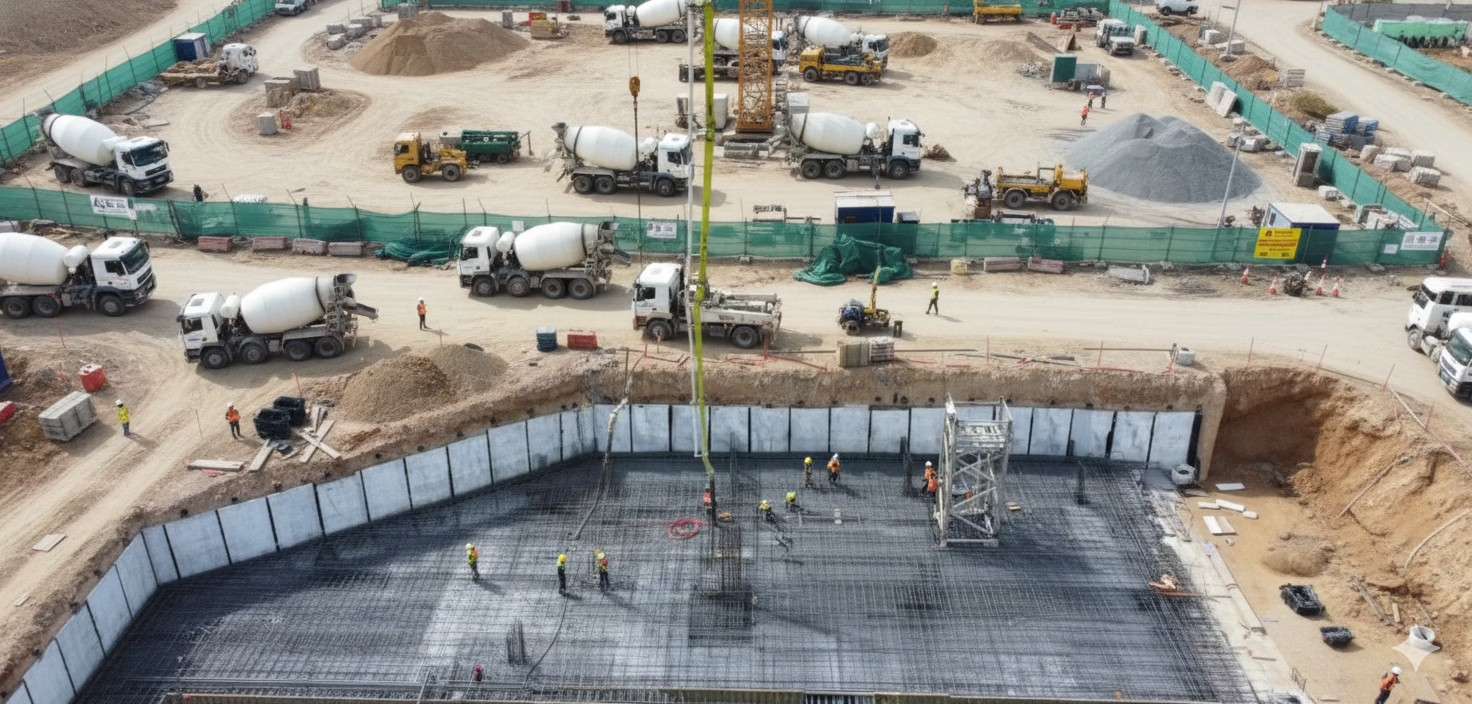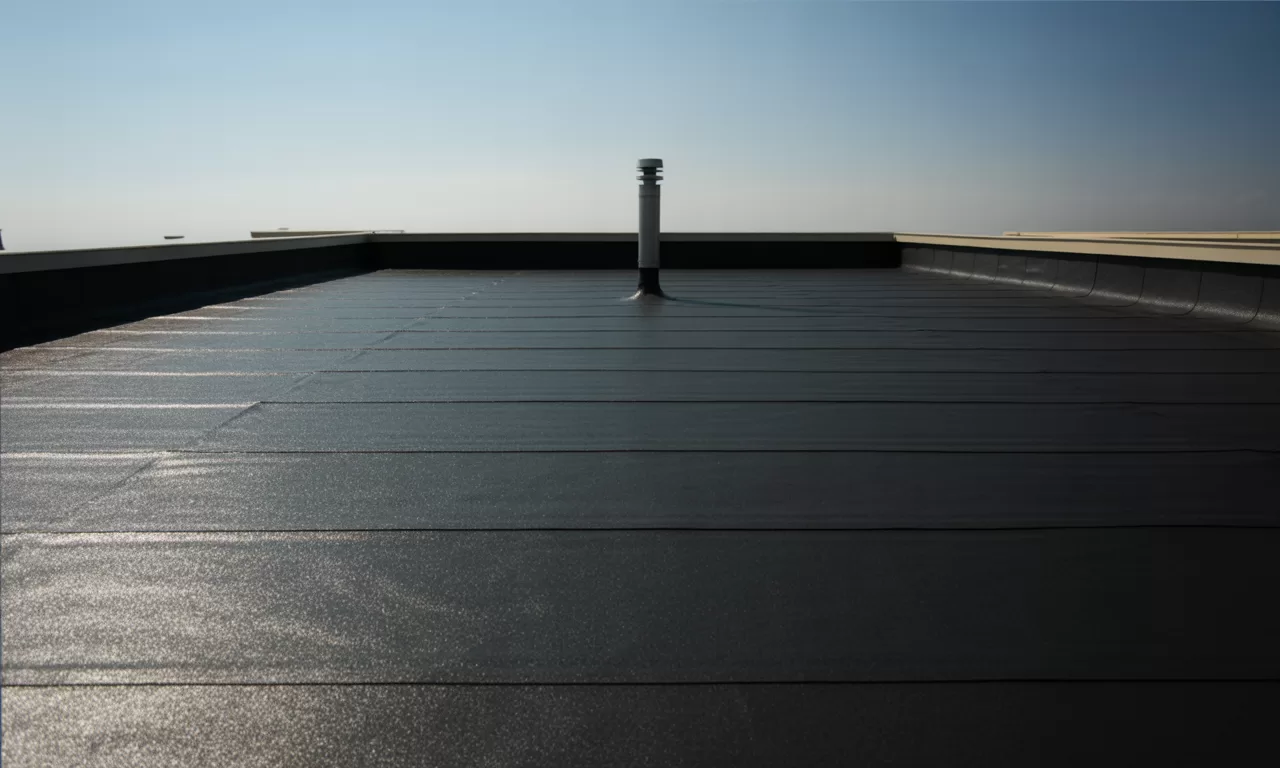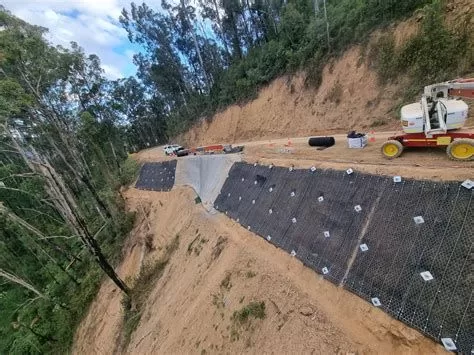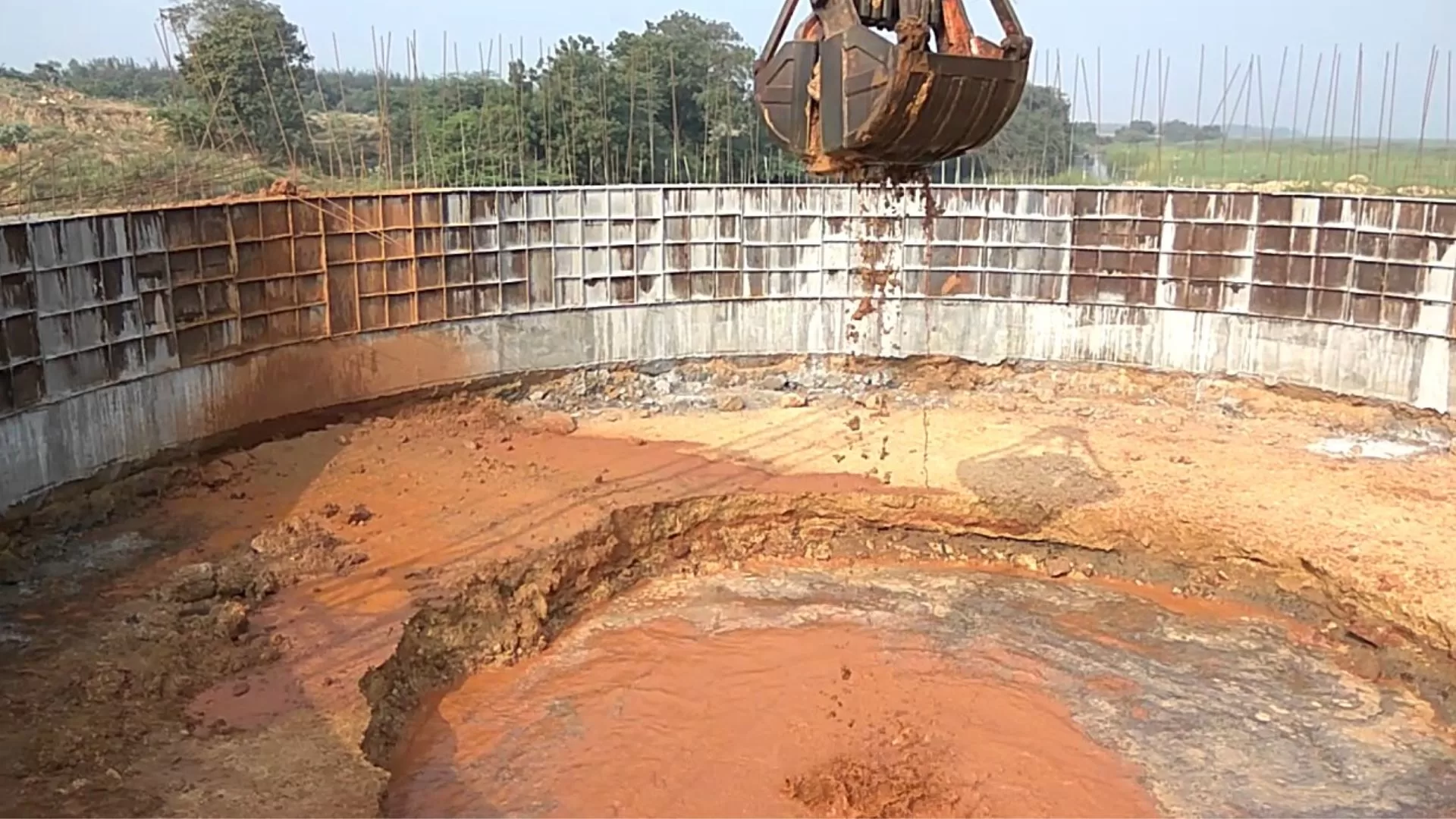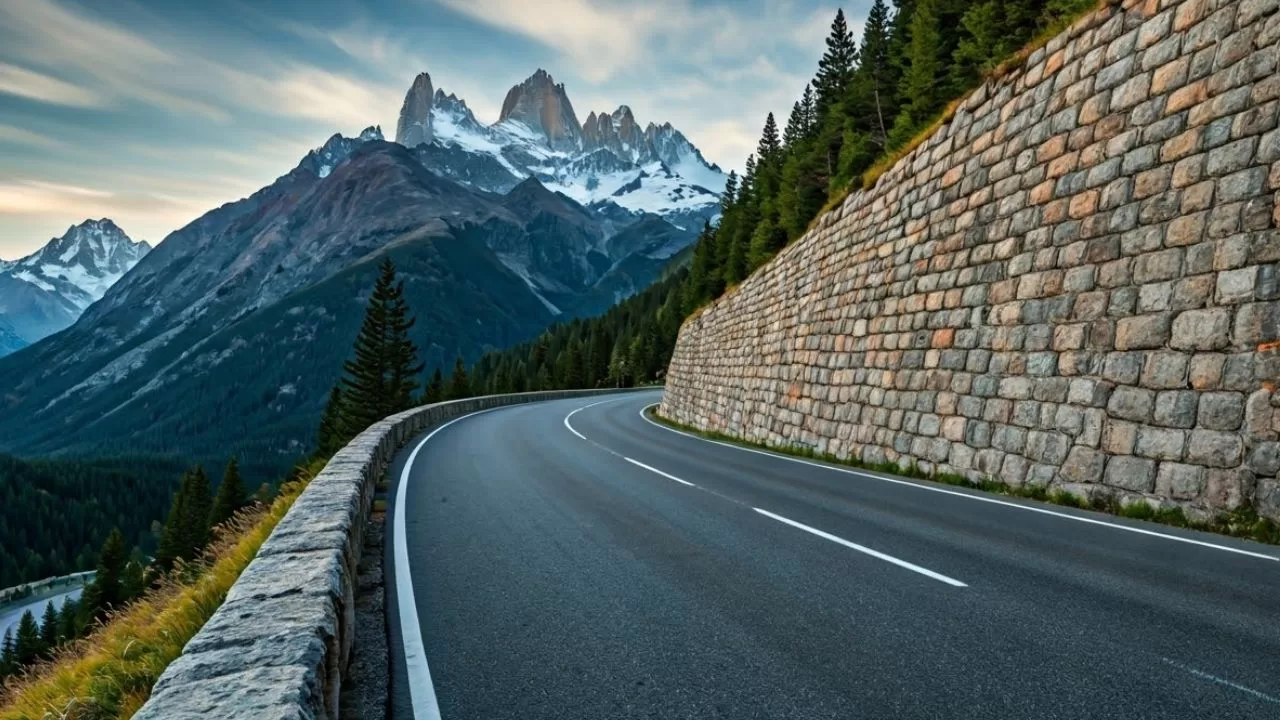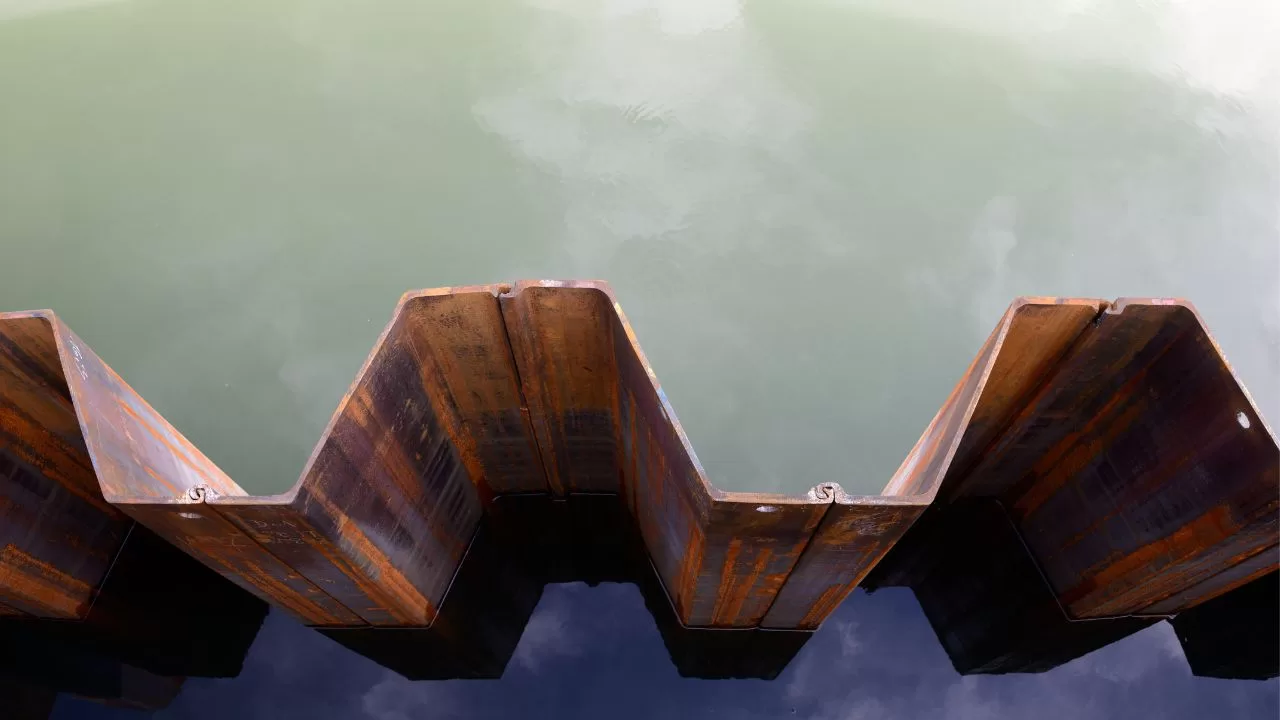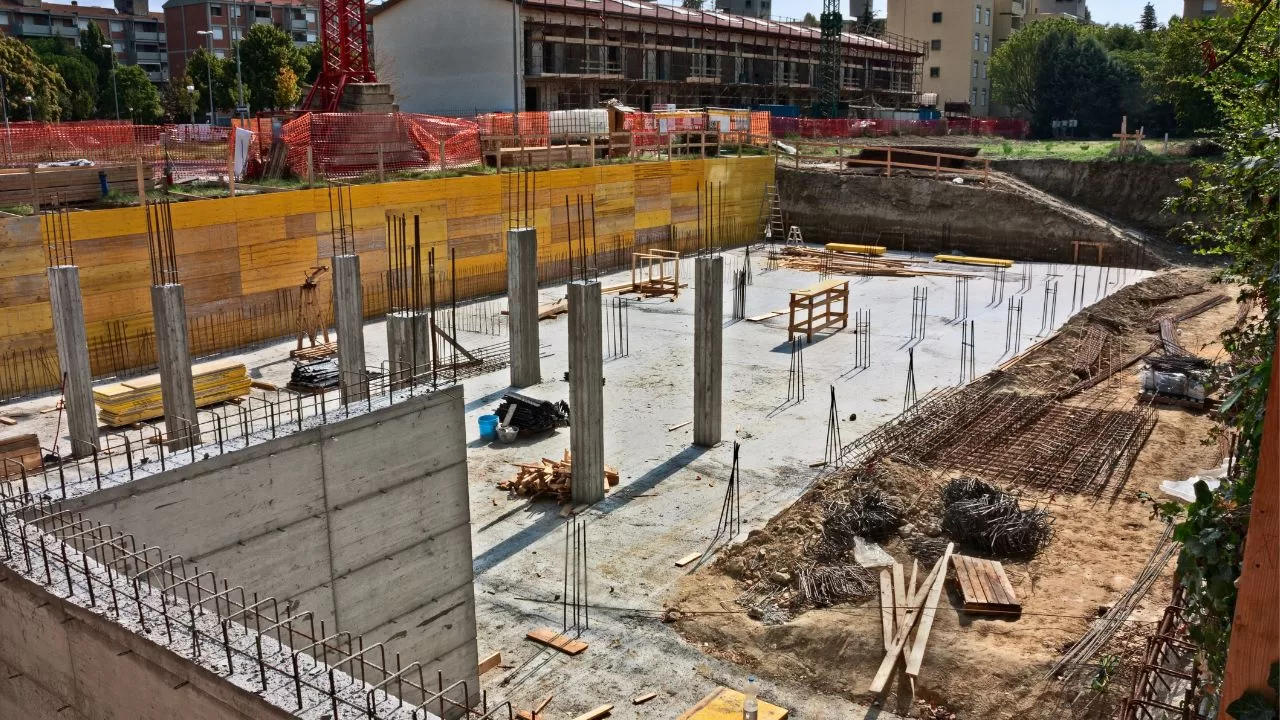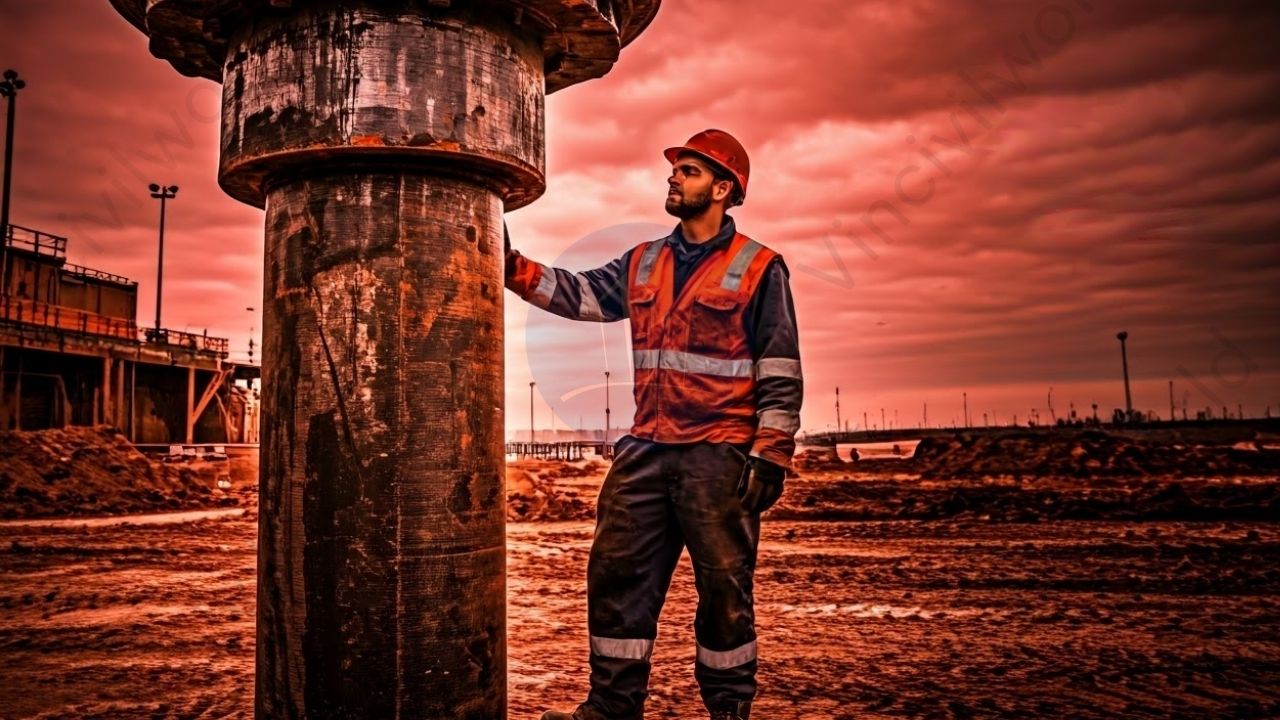Gravity retaining walls are essential structures that rely on their weight to resist lateral soil pressure. Engineers use these walls in various projects to provide stability and prevent soil erosion. Gravity retaining wall types include crib retaining walls, bin retaining walls, and gabion walls, each offering unique advantages. Crib retaining walls use interlocking frames filled with soil or stones, ideal for steep slopes. Bin retaining walls feature modular bins filled with granular materials, ensuring quick installation. Gabion walls consist of wire mesh baskets filled with stones, offering flexibility and durability. These walls serve diverse applications, from landscaping to infrastructure projects, making them versatile and reliable solutions for retaining soil and enhancing structural stability.
Like this:
Like Loading...

